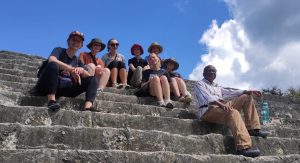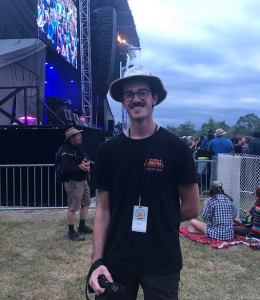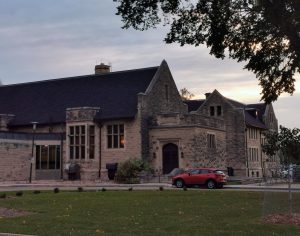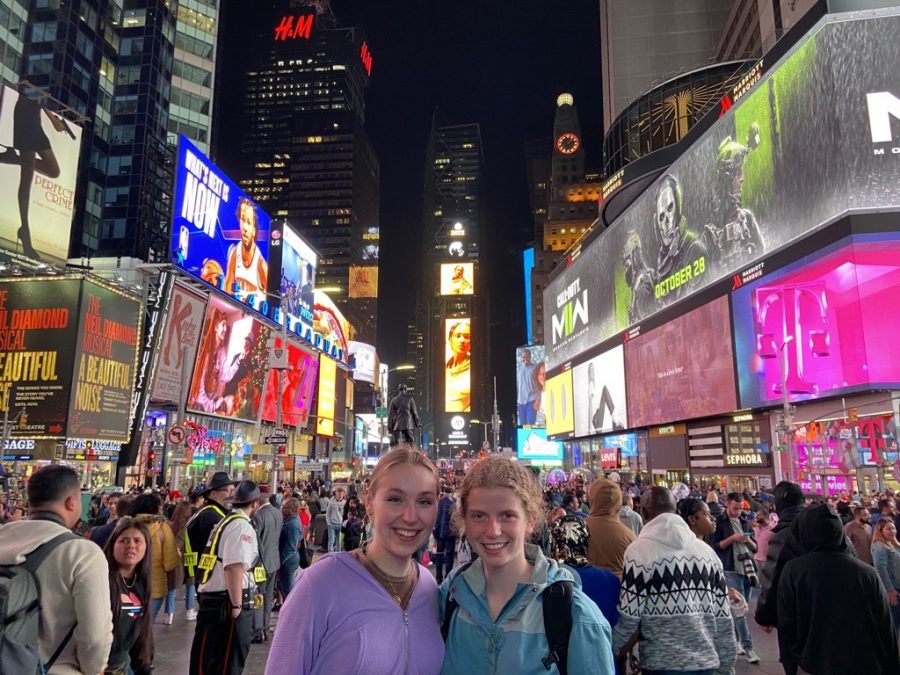I am Trisha, a new student ambassador at CMU, and my three favourite things in the world are people, talking to people, and oh did I mention people? Using my detective abilities, I was able to track down Alayna Smith and obtain a one-on-one interview to know all the juicy details about the new president of CMU’s Student Council (STUCO).
Alayna is a third-year student at CMU, pursuing an interdisciplinary degree in Design and the Common Good. “There is not enough relevant information passed down from years to years and it can get lost in the shuffle. I am hoping we can work to create good systems so that future student councils are set up to do the best job that they can do,’’ she said. After three years at CMU, Alayna still believes the best part of CMU is the community and living in a place where one can have easy access to a great social environment full of interesting and unique people—we are so cool, indeed!
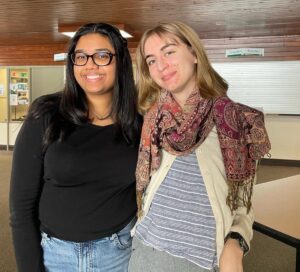
During the interview, we learned that Alayna’s hobbies include art and drawing. How fabulous is that! She also loves spending her free time in leadership roles, planning events, and connecting with people. Fortunately, her search for leadership opportunities led her to be elected as the director of the Arts and Entertainment committee at CMU in her second year. She initially started off her amazing journey in STUCO as one of the two first year representatives in her first year.
Alayna expresses her immense gratitude and her excitement to have been voted head of student council this year. “It felt good that all these people had faith in me and trusted that I could fulfil this role,” she said. “It is exciting to be able to connect with people but also a little scary, for I am representing all of the student body and trying to do the best thing for all of these people. I am going to try my best and work hard to live up to this new role.”
Alayna encourages anybody to be involved in STUCO, even as representatives, which can be one way to be actively involved in CMU, for the voice of students and their welfare matters greatly to the community. She strongly feels that each student can add ideas that create improvements or bring new aspects to CMU and other students’ welfare. I definitely agree with Alayna on that part—get involved in STUCO or other leadership positions and you get a chance to become even cooler!
During the interview, Alayna showcased great passion for her position and further said, “You need to follow your passion and act on it instead of waiting for someone else to do the job for you.” We are all thrilled and look forward to seeing Alayna make her time as President of STUCO as wonderful as possible for us students and for CMU’s community. And with that, this is me signing off as one of the iconic student ambassadors—until my next blog!
Trisha Boodhoo is in her first year of a Bachelor of Arts degree.




